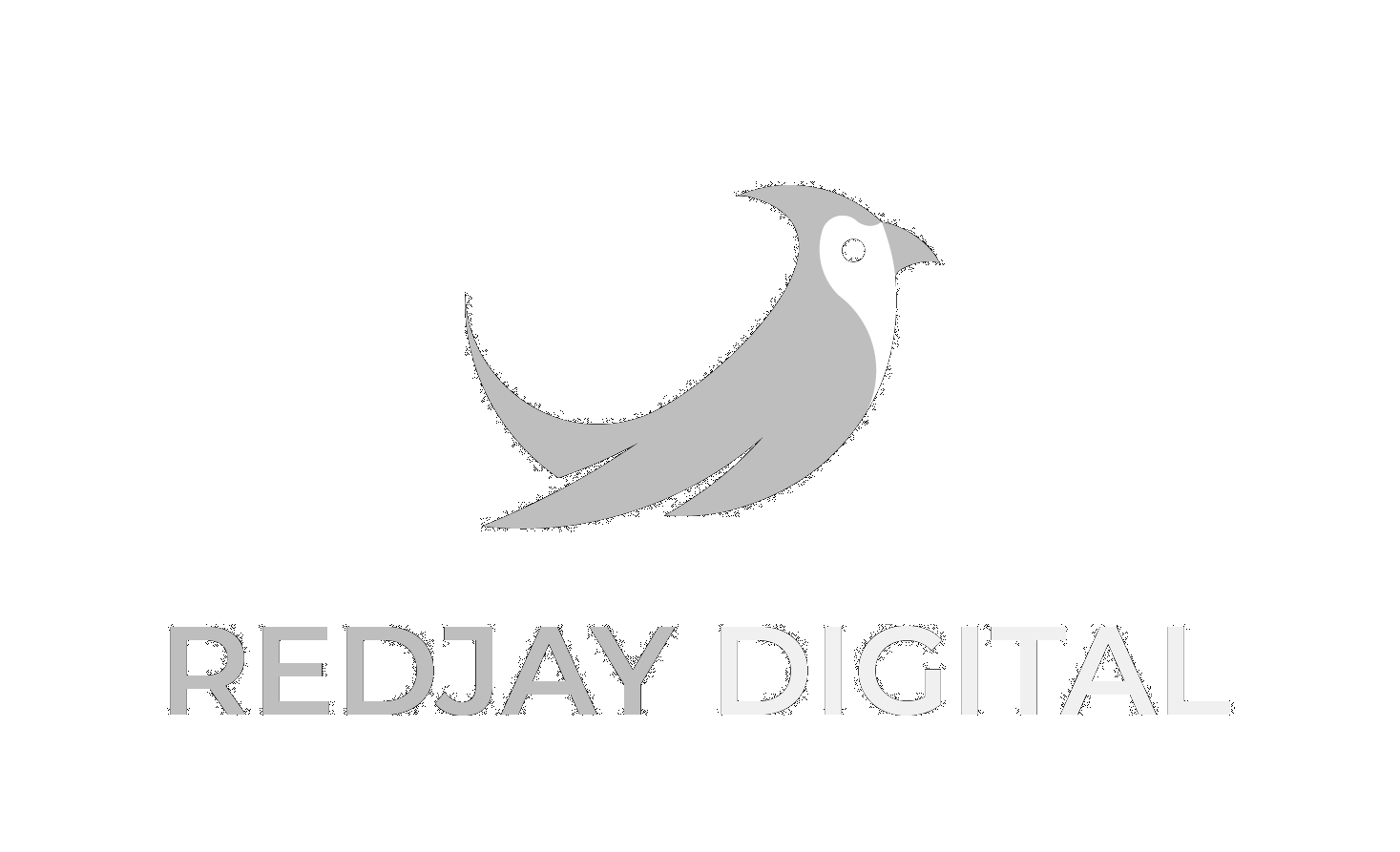As an agency owner, I know that growth is the ultimate goal. However, growth can also bring its own set of challenges, such as managing a larger team and ensuring that client deliverables are met consistently and efficiently. That’s why I want to share with you why flexible frameworks are essential for growth in an agency.
First, let’s talk about the difference between traditional Standard Operating Procedures (SOPs) and modern flexible frameworks. SOPs are a set of rigid step-by-step instructions that dictate how tasks should be completed. They can be useful in some industries, but in an agency setting, they can limit creativity and stifle growth.
Flexible frameworks, on the other hand, provide a structure for completing tasks while still allowing for flexibility and creativity. These frameworks are not prescriptive, but rather provide guidelines for how tasks should be completed. This allows for the team to adapt to changing client needs and still deliver quality work.
One of the biggest benefits of using flexible frameworks is that they make it easy to document client deliverables. By clearly outlining the steps needed to complete a task, it becomes much simpler to delegate responsibilities to the team and ensure that client needs are met. This also helps to reduce scope creep, as the team is able to refer back to the framework and ensure that they are staying within the scope of the project.
Flexible frameworks also help to increase efficiency. By clearly outlining the steps needed to complete a task, it becomes much simpler to identify areas where processes can be streamlined. This can lead to significant time savings, allowing the team to take on more projects and drive growth.
But the benefits of flexible frameworks don’t stop there. They also help to gain clarity on how the agency delivers value to clients. By clearly outlining the steps needed to complete a task, it becomes much simpler to understand the value that the agency is providing to the client. This is particularly important when it comes to pricing, as it allows the agency to charge for the value they are providing, rather than just the time spent on a project.
All of these benefits flow through to the bottom line. By using flexible frameworks, agencies can increase efficiency, reduce scope creep, gain clarity on how they deliver value to clients and charge for that value.
When it comes to building a flexible framework for your agency, the key is to start with the end in mind. This means identifying the specific areas of your agency that need a framework and what outcomes you want to achieve with it.
Once you have identified these areas, gather a team of key stakeholders and begin brainstorming the framework. It’s important to remember that a flexible framework should be adaptable to changing client needs and should outline the steps and guidelines needed to complete a task.
To build the framework, think about the different stages of a project or process, and what is needed to move from one stage to the next. For example, in client acquisition, the framework could cover lead generation, qualification, and closing the deal. In client deliverables, the framework could cover scoping, planning, and execution.
Make sure to involve your team in the process and provide training and regular check-ins, so that everyone understands how to use the framework. And don’t forget to make the framework easily accessible for all team members.
When it comes to the actual implementation, it’s important to remember that a flexible framework should not be set in stone. It needs to be able to adapt and change as your agency and client needs evolve. So, it’s crucial to monitor and review the framework on a regular basis and make adjustments as needed.
As an agency owner, I can tell you that flexible frameworks are essential for growth. They provide a structure for completing tasks while still allowing for flexibility and creativity, making it easy to document client deliverables, find efficiency, reduce scope creep and gain clarity on how the agency delivers value to clients. They are the secret ingredient for agency success, and I highly recommend you implement them in your agency if you haven’t done so already.

